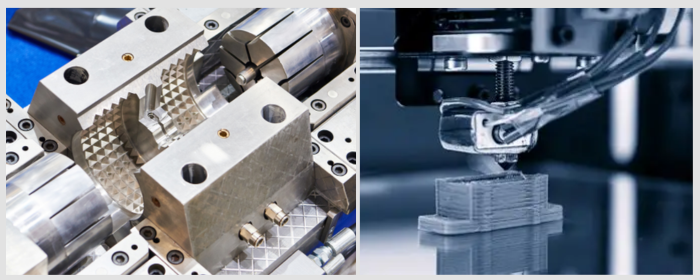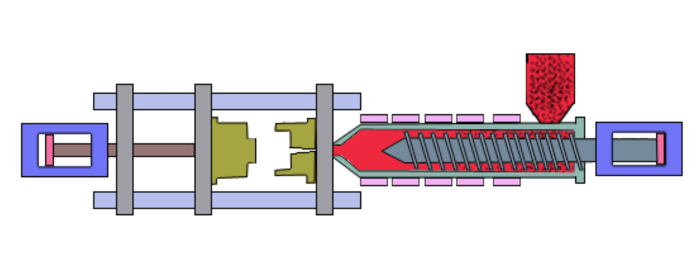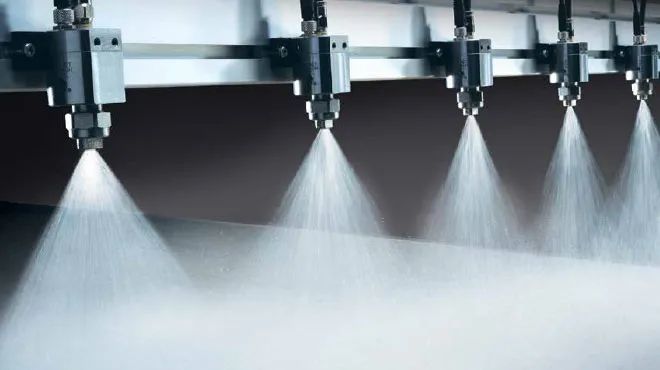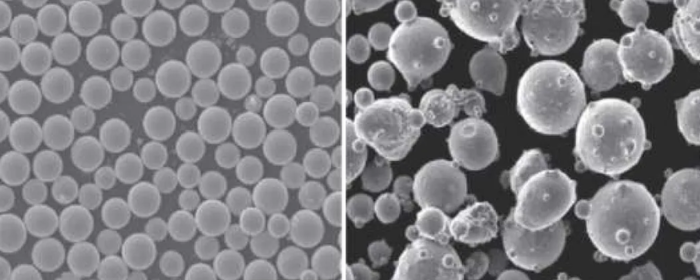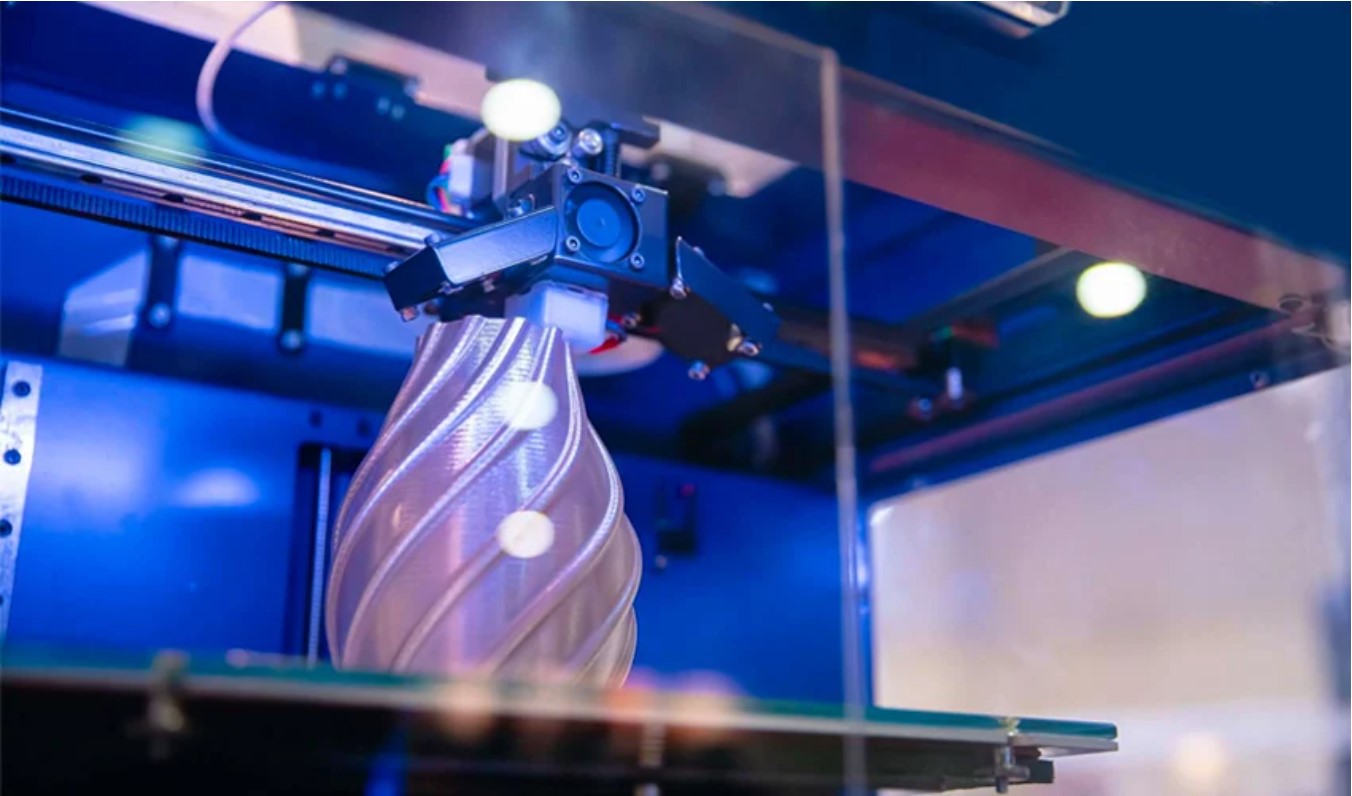

Silver has long been prized for its beauty and its antimicrobial properties. For centuries, people used silver vessels to store water and wine to prevent spoilage. Silver coins were dropped into milk to keep it fresh. Today, thanks to advancements in nanotechnology, the antimicrobial properties of silver have been supercharged in the form of nano silver powder. This modern marvel is composed of tiny silver nanoparticles (AgNPs), each only a few billionths of a meter in size. This transformation has made silver an even more potent weapon against bacteria, viruses, and fungi, opening up a plethora of applications in various fields.
Nano silver powder is remarkably effective at killing a broad spectrum of microorganisms. The tiny size of the nanoparticles allows them to penetrate microbial cell walls easily. Once inside, the silver nanoparticles release silver ions, which disrupt essential cellular functions such as respiration and replication. This disruption leads to the death of bacteria, viruses, and fungi, making nano silver a powerful disinfectant.
Recent studies have demonstrated that nano silver can kill more than 650 different types of disease-causing microorganisms. Its ability to disrupt microbial DNA prevents replication, ensuring that resistant strains do not develop. This broad-spectrum activity is particularly valuable in medical settings, where preventing infection is critical.
Fig 1-4 illustrates the antibacterial mechanism of silver nanoparticles[1]:
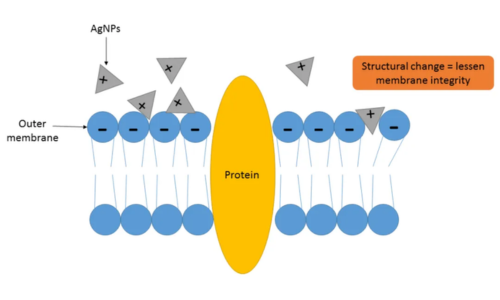
Fig 1. The positive charge of silver ions is attracted to the negatively charged microbial cell membrane.
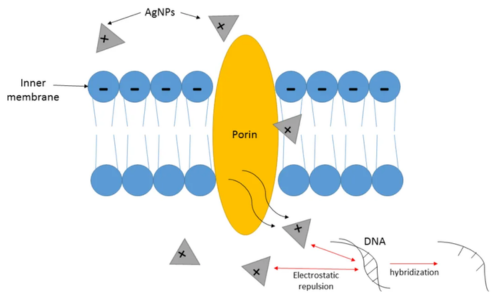
Fig 2. AgNPs penetrate cells, interrupt cellular molecules, and cause intracellular damage.

Fig 3. AgNPs induce the formation of ROS in bacterial cells.
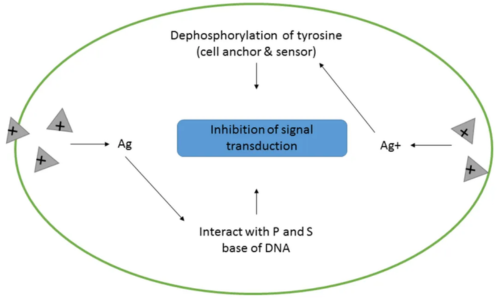
Fig 4. AgNPs hinder cell signal transduction pathways.
One of the key advantages of nano silver powder is its high efficiency at low concentrations. Even a small amount can achieve significant antimicrobial effects, which makes it cost-effective for large-scale applications. This efficiency also means that products incorporating nano silver do not need frequent replacements, further reducing costs.
Moreover, nano silver powder has a long shelf life and remains stable over time, unlike some traditional disinfectants that degrade or lose potency. This stability ensures consistent performance, making nano silver a reliable choice for various applications.
Stanford Advanced Materials (SAM) is at the forefront of powder development, offering nano silver powders in various nanometer sizes, such as Nano Silver Powder (Ag 50nm) and Nano Silver Powder (Ag 80nm). For more information about these powders, please feel free to contact us and check out our pages.
Over the past few decades, the U.S. Food and Drug Administration (FDA) has approved many products containing antimicrobial Ag+ and nano silver.
In 2023, 5,367 consumer products worldwide were identified by manufacturers as containing nanomaterials, of which more than 1,000 products utilized the antimicrobial and other properties of nano silver. Antimicrobial consumer products containing silver are distributed in the medical (24.08%), textile (17.53%), cosmetics (13.38%), home appliances (9.31%), environment (8.30%), and construction (7.93%) industries.
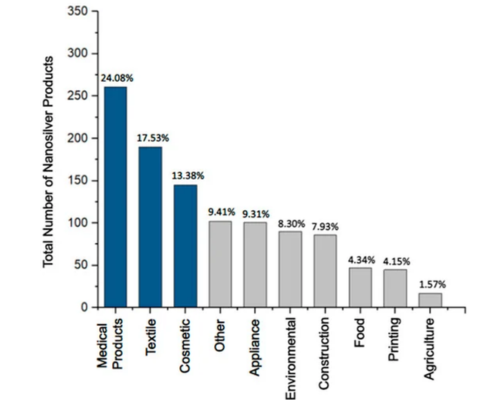
Fig 5. Application distribution bar graph of nano silver powder[2]
Nano silver powder has revolutionized wound care. nano silver-infused wound dressings provide a potent barrier against infection, promoting faster healing and reducing the risk of complications. These dressings are particularly beneficial for burns, chronic ulcers, and surgical wounds, where infection control is paramount.
A notable example is the use of nano silver dressings in burn units, where they have significantly reduced the incidence of infections. Patients with severe burns are at high risk of infection due to their compromised skin barrier. nano silver dressings not only protect against infection but also help to soothe pain and reduce inflammation, leading to better patient outcomes.
Surgical instruments Coated with nano silver powder enhance infection control during medical procedures. Nano silver-coated instruments exhibit strong antimicrobial properties, reducing the risk of surgical site infections (SSIs). These coatings are particularly beneficial for implants and devices that remain in the body for extended periods, such as catheters and prosthetics.
For instance, nano silver-coated catheters have been shown to significantly reduce the incidence of catheter-associated urinary tract infections (CAUTIs), a common complication in hospitalized patients. By preventing microbial colonization on the surfaces of these instruments, nano silver coatings help to minimize infection risks and improve patient outcomes.
In the realm of water treatment, nano silver powder has emerged as a powerful disinfectant. nano silver-based filtration systems and coatings can effectively remove and inactivate a wide range of pathogens from water supplies. This application is particularly valuable in areas with limited access to clean water, where traditional disinfection methods may be unavailable or impractical.
During natural disasters, such as floods or earthquakes, portable nano silver filters can provide safe drinking water to affected populations. These filters are lightweight, easy to use, and highly effective, making them a critical tool in disaster relief efforts.
The incorporation of nano silver powder into textile fibers has led to the development of antimicrobial fabrics used in healthcare, sportswear, and everyday clothing. nano silver-embedded textiles inhibit the growth of odor-causing bacteria, keeping garments fresher for longer periods.
In healthcare settings, antimicrobial textiles are used for hospital linens, uniforms, and patient gowns, reducing the risk of healthcare-associated infections. For athletes, nano silver-treated sportswear offers the dual benefits of odor control and enhanced hygiene, improving comfort and performance. These textiles have also found a place in the fashion industry, where they help to create clothing that stays fresh and clean even after prolonged use.
Nano silver powder has advantages in skin cleansing products. Most importantly, it is effective against a wide variety of microorganisms including viruses, bacteria, and fungi. In addition, this powder is generally safe for topical use without risk of irritation or irritation.
Nano silver powder can be used in skin cleansing products such as lotions, masks, and soaps. Silver nanoparticles help kill bacteria on the skin, reduce acne, and prevent infections. When it is used in a topical cream, it can increase the moisture content of the skin, resulting in softness and firmness. The antimicrobial effect of silver nanoparticles helps keep the mask free of microorganisms, ensuring that the product stays fresh and effective for a long time. Soaps containing silver nanoparticles can eliminate bacteria and other pathogens on the skin and are very clean.
The COVID-19 pandemic has highlighted the importance of effective personal protective equipment (PPE). nano silver-infused face masks offer enhanced protection by actively killing pathogens that come into contact with the mask surface. These masks provide an additional layer of defense compared to standard masks, making them suitable for use in high-risk environments such as hospitals and crowded public spaces.
During the pandemic, several companies introduced nano silver-infused masks that claimed to provide superior protection. These masks were quickly adopted by healthcare workers and the general public, contributing to better control of the virus's spread. The antimicrobial properties of nano silver masks also help to reduce the spread of other infectious diseases, making them a valuable tool in public health efforts.
Nano silver powder is a remarkable advancement in antimicrobial technology, offering potent disinfection capabilities across a wide range of applications. From wound care and water treatment to textiles and surgical instruments, nano silver powder has proven to be a versatile and effective antimicrobial agent.
As research and development in nanotechnology continue to evolve, the future of nano silver powder looks promising. With ongoing advancements, we can expect to see even more innovative applications that harness the power of nanosilver to improve health outcomes and enhance quality of life.
[1] Sevakumaran Vigneswari, Tan Suet May Amelia. (2021). Transformation of Biowaste for Medical Applications: Incorporation of Biologically Derived Silver Nanoparticles as Antimicrobial Coating. Antibiotics. https://doi.org/10.3390/antibiotics10030229
[2] Kyra G. Kaiser, Victoire Delattre. (2023). Nanosilver: An Old Antibacterial Agent with Great Promise in the Fight against Antibiotic Resistance. Antibiotics. https://doi.org/10.3390/antibiotics12081264

